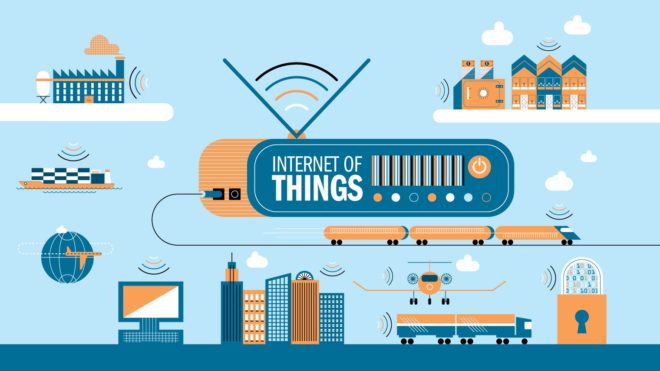With the adoption of the IoT, manufacturers can gain enhanced transparency, traceability and transformation.
Connected technology for factories has the potential to bring vast business transformations. By driving infrastructure optimisation and predictive maintenance, it induces substantial cost reduction and productivity improvement. Abhijit Mhetre, vice president – marketing, Altizon Systems, says, “With the adoption of the IoT, manufacturers can gain enhanced transparency, traceability and transformation. The ability to segment, analyse and correlate machine data for various operational key performance indicators help drive business decisions.”
By adopting Industrial IoT, or IIoT, solutions, India-based automotive component and passenger-car parts manufacturer Varroc Engineering Pvt Ltd has transformed its business unit and gained great benefits.
Why an IIoT solution was needed
Varroc’s facility comprises a large number and variety of industrial machines (press, honing, pick-and-place systems, injection molding and so on), each generating data in different formats. A large portion of these readings had to be taken manually and most of it lacked real-time logging. All this resulted in a massive volume of data going unidentified.
A solution to automate data collection in real time was required. It was also necessary to have a common platform to process and generate insights that would help optimise production. Scalability and retrofit-ability over legacy systems were compulsory, as these features can reduce the installation and deployment capex by at least 25 per cent, as per market reports.
All these requirements could be met by an IIoT platform that leverages technologies like machine-to-machine communication, data analytics and machine learning, and deliver the necessary insights.
How the IIoT platform optimised plant operations
The implemented solution, called Datonis, was an end-to-end cloud-based IIoT platform provided by Altizon Systems. As part of the solution, standard sensors and data loggers were installed across various operational technologies (for example, programmable logic controllers, relays, computer numerical control and human-machine interfaces) that collected data from industrial machines.
Narinder Singh, deputy general manager – IT, Varroc, says, “Within a few days of engagement, the machines started talking to each other. People in charge of production were able to view real-time data, which was not possible earlier. All information was automatically logged on the platform.”
Data was transmitted utilising Open Platform Communications protocol for connectivity. The platform’s software deciphered all data, analysed it and provided essential insights on connected systems. The insights were based on essential machine operational factors like performance, machine utilisation, condition monitoring, quality and energy consumption.
Additionally, human-machine interface screens allowed operators to manually log downtime information, which was also stored and analysed.
The complete setup was done with negligible changes to the existing infrastructure and with no upfront cost required for Datonis platform. The investment was in form of a Software-as-a-Service (SaaS) package, pertaining only to connections used on the number and types of machines.
Benefits and ROI delivered by the solution
Using various insights, the organisation optimised its overall infrastructure usage. Predictive analytics allowed it to adopt preventive maintenance techniques, and also identify and solve potential bottleneck situations.
Keeping regular tabs on parameters like overall equipment efficiency, overall process effectiveness, production variances, idle time pockets and downtime allowed them to implement necessary changes and improvements as needed. As a result, overall equipment efficiency improved by 20 per cent with a substantial reduction in downtime.
Manoj K. Vachhani, chief information officer, Varroc, says, “Through automation, the solution reduced production defects by five per cent and increased manpower efficiency by 20 per cent.”
Energy consumption control, labour control and effective machine utilisation reduced machine running costs by 10 per cent. Consistent condition monitoring through a health dashboard and alerts for various systematic processes led to a reduction of tools and spare parts usage by two per cent.
Regarding payback period, Vachhani adds, “The return on investment (ROI) came in less than 12 months.”
After the successful deployment of the IIoT platform, Varroc has decided to integrate the solutions across 30 more units in India.
The final word
If implemented correctly, IIoT can drive major business benefits. Indian industries are yet to pick up pace for fully leveraging this technology.
Mhetre explains, “IoT adoption has a few challenges. In many cases, businesses do not have clarity on the problems that the IoT can solve and the success criteria for IoT projects. Ownership and budget of IoT projects remain a challenge as both business and IT are equally involved.
“Additionally, technological inclusion poses a big challenge to work with labourers and unions. Acceptance of new technology and building new skill sets are obstacles, too.
“Finally, companies should be attentive to select partners who can demonstrate domain experience and refrain from buying solutions that cannot be scaled further.”








